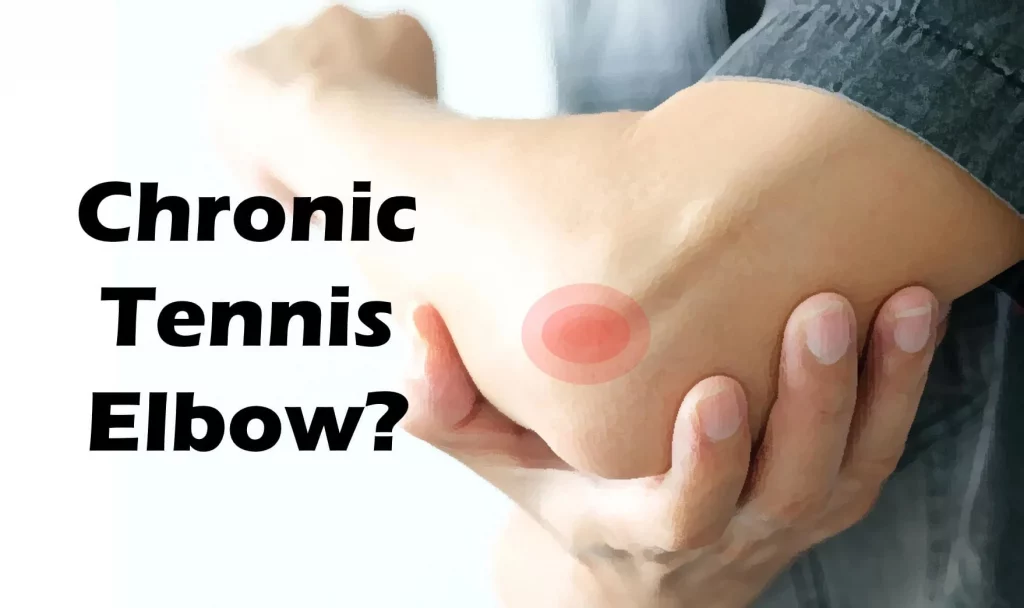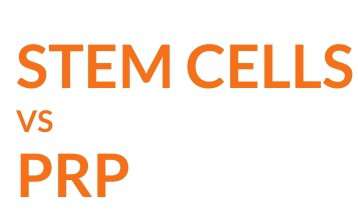Your elbows are one of the body’s most exciting joints, but when it begins to hurt, it can become one of the body’s most inconvenient. Millions of people suffer from chronic pain, and one of the worst causes can be a person’s elbow. When suffering from elbow pain, it can make doing daily tasks challenging, and as the pain increases, it can render an arm almost unmovable.
Many people may suffer from chronic elbow pain without even knowing the cause. Many of the cases are people who are suffering from tennis elbow or Golfer’s elbow, but many people do not know the difference between the two. Golfers and tennis players are not the only patients who will suffer from tennis or golfer’s elbow. Many patients will not know the difference between these two ailments as they sound incredibly similar.
While they may not be easy to differentiate, they are different. Here’s how you can know.
Understanding the Elbow
Before figuring out what is wrong with your elbow and trying to figure out the differences between these two common afflictions, it is best to know what is going on with your elbow in the first place. The anatomy of an elbow is complicated and unique. It is a hinged joint, but it can also rotate, which is why the elbow has such a wide range of motion.
The arm is made up of three bones. These bones are the humerus, which is the upper arm, and the two bones that make up the forearm, the radius, and ulna. Two essential parts of the humerus are called epicondyles. These surfaces are what help to connect the bones to ligaments. The medial epicondyle is on the inside of the elbow joint, and the lateral epicondyle is on the outside. This is where the damage that leads to Golfer’s Elbow and Tennis Elbow happens.
What Is the Difference Between Golfer’s Elbow and Tennis Elbow?
One is from tennis, and the other is from golfing, right? Well, sadly, no, anyone can be afflicted by a tennis elbow. The difference between the two actually comes from different injuries to the epicondyles. Specifically, Golfer’s Elbow comes from an injury to the medial epicondyle, and tennis elbow comes from an injury to the lateral epicondyle.
These are generally caused by a small tear in the area that slowly wears and grows worse as you continue to use your elbow. Although it may be something that starts as a minor nuisance, it can become a significant problem when it is left unchecked. What can make it so hard to figure out if you have an actual injury or not is the fact that chronic pain can come and go, and it is a gradual process that leads to becoming more of an issue?
Tennis Elbow
Tennis elbow is medically called lateral epicondylitis, and it is the more common of the two. About 1-3 percent of the population is affected by it. As the name implies, it is when the lateral epicondyle is injured and then usually reinjured from there. While many people do actually suffer from tennis elbow due to playing racket sports, most people who suffer from tennis elbow do not actually injure themselves by playing tennis.
The most common ways that people actually experience this injury is by using plumbing tools, painting, driving screws, cutting up cooking ingredients (particularly meat), and repetitive computer mouse use. These are all motions that can put a strain on your lateral epicondyle and increases the risks of you injuring it. People between the ages of 30-50 are the ones who are most commonly affected, but it can affect people of all ages. Common symptoms that you may be suffering from Tennis Elbow are an inability to shake hands, grip an object, turn a doorknob, or hold a coffee cup. If you are suffering from these, you may want to seek your doctor.
Golfer’s Elbow
Golfer’s elbow is a similar condition but has different effects. Golfer’s elbow is called Medial Epicondylitis, and it is much less common than its tennis counterpart. The pain from Golfer’s elbow comes gradually, but by the end, it can be overwhelming. Some symptoms of Golfer’s elbow are pain and tenderness, which is usually felt on the inner side of your elbow and is usually worsened with movement, stiffness, weakness in the hands or wrists, and numbness or tingling.
Unlike Tennis Elbow, which is often caused by daily movements, Golfer’s Elbow is much more likely to be caused by athletics. These include racket sports, throwing sports, and weightlifting. People who work in professions such as plumbing or carpentry, which can require forceful arm movements are at risk as well. People who are over the age of 40, overweight, are smokers, or perform repetitive dynamic actions daily are the most at risk.
Treatments for Golfer’s and Tennis Elbow
Sadly, there are no current cures for either of these ailments. Patients are often left with treatment methods that do not cut it. They will continue to deal with intense pain that can reduce their quality of life.
In many cases, people who are suffering from ailments like these are able to treat them with simple methods such as icing it or putting heating pads on. If these methods do not help to quell the pain, then you may have to get more serious treatments. The usual treatment for injuries such as these is to get steroid injections to help with the pain and inflammation or, in even worse cases, surgery is needed.
Many patients are forced to seek surgery in order to help relieve their symptoms. Surgery can be an extremely costly method of treatment, and it is not guaranteed to fix their underlying conditions. The current failure rate for tennis elbow surgery is around 20%. That is a large risk for a patient to undergo surgery and recover for six to eight months.
There is a new treatment method for patients suffering from tennis and Golfer’s elbow, stem cell therapy.
How can stem cells help?
Now, thanks to regenerative medicine, stem cells are beginning to transform treatment for elbow related issues. Patients can also opt to receive stem cell therapy for their injury. Stem cell therapy has the capability to heal people even better than the current methods that doctors utilize. Stem cell therapy has been shown to work better for reducing inflammation than steroids, which is an incredible ability because steroids are one of the methods most regularly used to help inflammation.
Stem cells are capable of reducing inflammation while also helping to repair the damage that was done. That also means your elbow is able to grow back to be just as strong or even stronger than it was before the injury. Stem cells encourage your body’s natural healing abilities. The tissue and tendons that were destroyed will be healed and return to their former glory.
Stem cell therapy could be the best new way to deal with issues such as these going forward, and if you believe that stem cell therapy could be right for you, you should consult a patient advocate with Bioxcellerator! They will help you decide if stem cell therapy is a viable treatment method for your condition. Your life could be completely transformed if you undergo stem cell therapy to treat your elbow pain.


